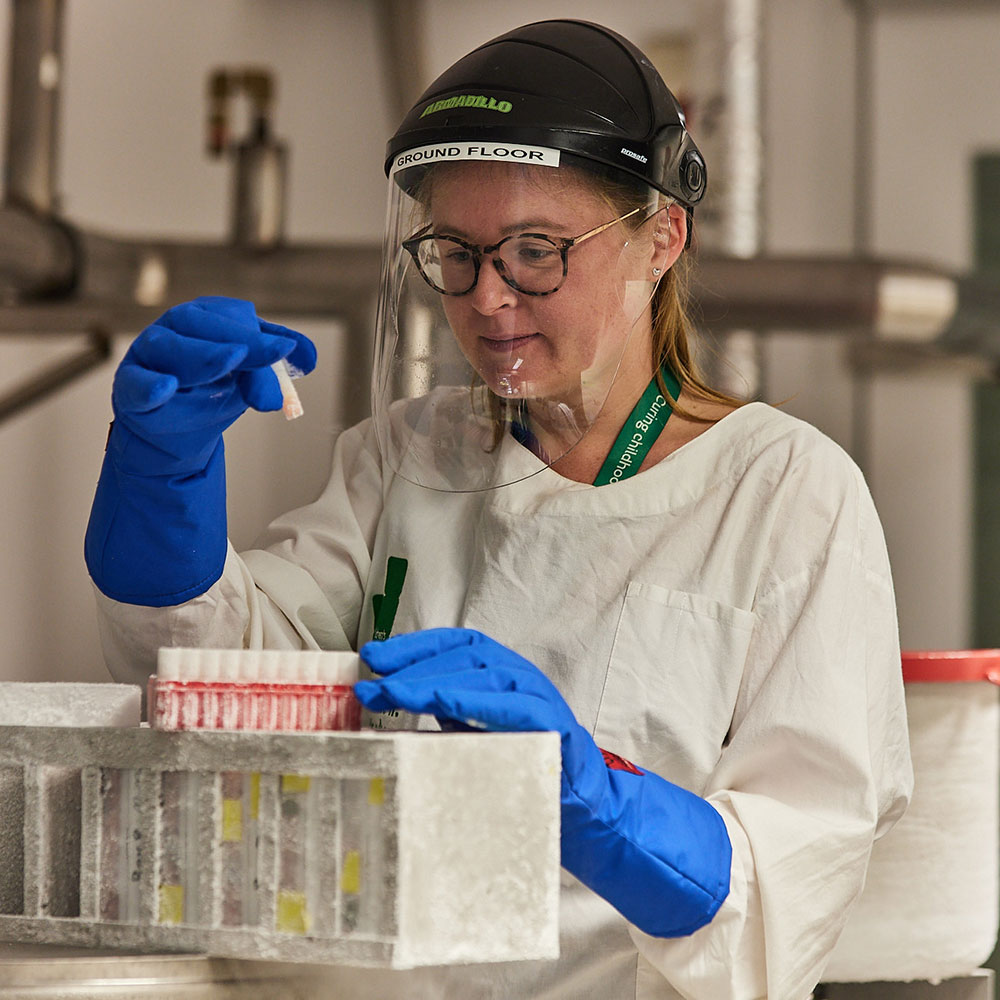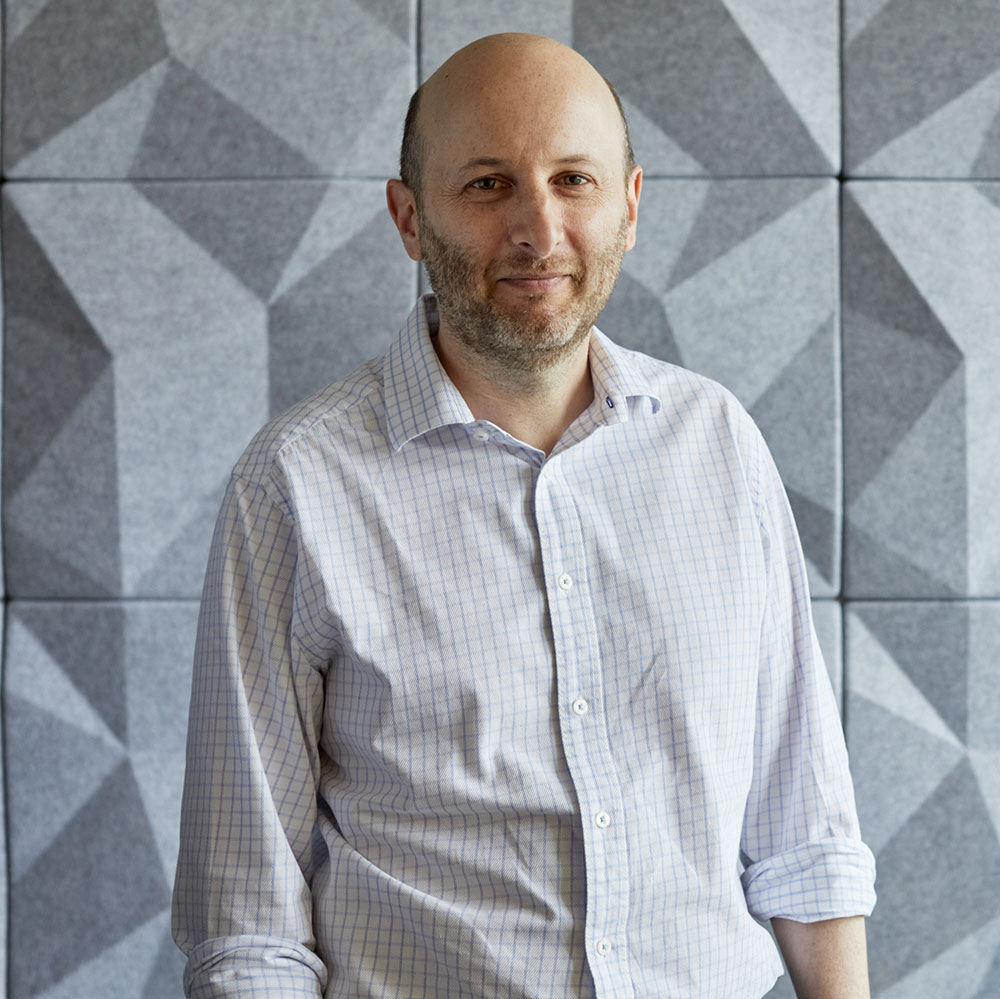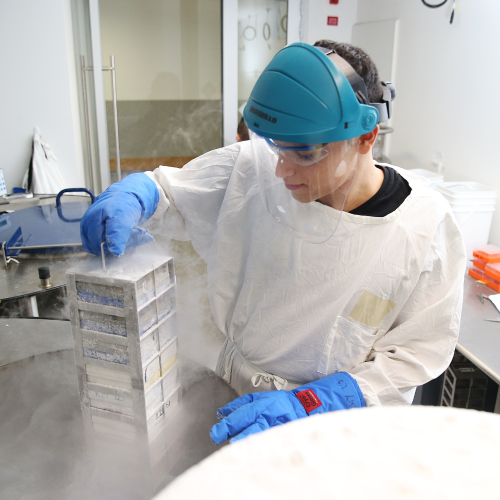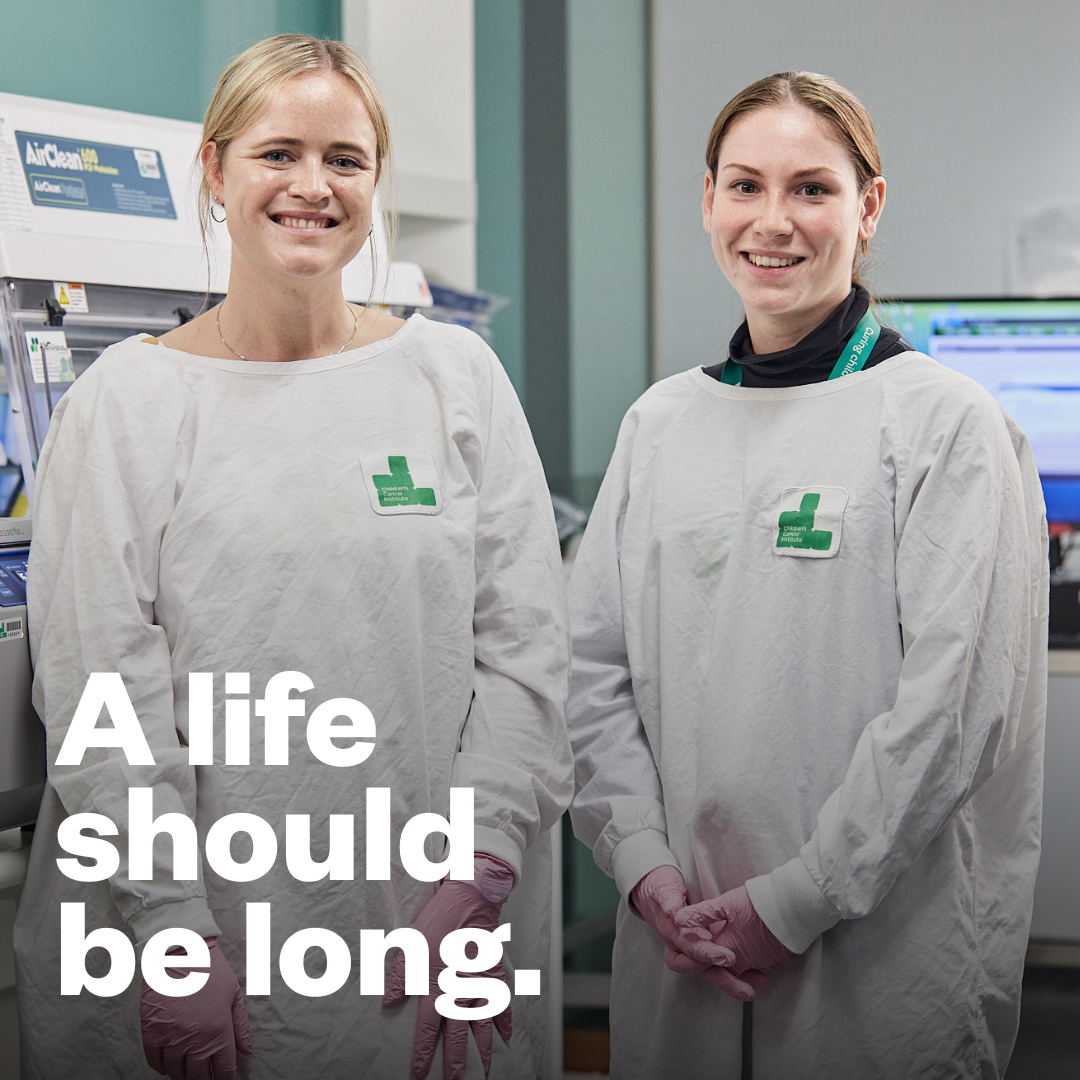A dark past
A child diagnosed with leukaemia sixty-plus years ago faced a very low chance of cure. Back in those dark days, a diagnosis of childhood leukaemia was tantamount to a death sentence.
But a few very important advances in treatment for leukaemia changed all that. The most notable of these was the introduction of chemotherapy — particularly multi-agent chemotherapy, which led to dramatic improvement in survival rates during the 1960s and 70s.
Today, the 5-year survival rate for children diagnosed with the most common childhood leukaemia, acute lymphoblastic leukaemia or ALL, has passed 90% (Source: AIHW). Childhood leukemia treatment is heralded as one of the most dramatic cancer success stories of all time.
But there is more to the story than that.
What chance?
The truth is, the chances of survival for a child diagnosed with leukaemia depends on multiple factors. Three of these are the child’s age, the precise type of leukaemia they have, and whether their leukaemia displays certain genetic changes.
In the case of ALL, there are at least 20 different subtypes. Some of these are more difficult to treat, hence are called ‘high-risk’ leukaemias — for example, T-ALL, which affects a type of white blood cell called T lymphocytes. Children with high risk leukaemias like T-ALL face a lower survival rate than those diagnosed with other subtypes.
Young babies diagnosed with ALL are another group with a lower survival rate. While this is partly because they are less likely to be able to tolerate therapy, in many cases their leukaemia cells are found to have certain genetic changes (such as gene rearrangements) that promote cancer growth, making their cancer more aggressive and difficult to treat.
Aside from ALL, the other leukaemia most commonly diagnosed in children is acute myeloid leukaemia (AML), which accounts for about 20% of cases. AML tends not to respond to treatment as well as ALL, so children diagnosed with AML face a lower chance of survival — around 74% (Source: AIHW).


Treating leukaemia
Regardless of which type of leukaemia a child has, chemotherapy is the mainstay of treatment. Those with higher risk leukemias are given more intensive therapy, receiving higher doses of drugs.
The vast majority of children— about 99% with ALL, and 85% with AML — go into remission (show no signs of disease) after the first phase of chemotherapy, referred to as induction therapy. The problem is, some children don’t stay there, later going on to relapse.
When a child relapses, their cancer is likely to have developed resistance to chemotherapy — a problem known as drug resistance. This makes the cancer much harder to treat, which is the main reason why many children who relapse do not survive. Finding new treatment options for these children is one of the major challenges facing us today.
Another major challenge is overcoming the problem of side effects. While treatment with chemotherapy often results in cure, it comes at a very high price. Not only do chemotherapy drugs cause unwanted side-effects at the time of treatment, many of them lead to serious long-term health consequences — organ dysfunction, impaired fertility, and secondary cancers, to name a few.


Remaining challenges
In many ways, childhood leukaemia treatment deserves its reputation as a success story. After all, the rise in survival rates has been nothing short of dramatic.
But there is so much more work to do.
What can be done to help children who don’t respond to standard treatment, such as those with high risk leukaemias? What additional options can we offer children who relapse? And what about long term health problems in survivors?
These questions still need answers, and dedicated research to answer them.

The importance of research
At Children’s Cancer Institute, we are working hard to address these remaining challenges and provide the best possible outlook for all children with leukaemia.
We have several leukaemia-focused research projects. These are dedicated to:
- improving our understanding of, and ability to treat, high risk leukaemias such as T-cell ALL, infant leukaemia and AML
- understanding how cancer cells develop drug resistance, and what can be done to overcome it
- developing new treatments designed to target leukaemia cells, which are not only more effective but also much safer than conventional chemotherapy.
With continued support, we will continue to make progress in these important areas. We know our research provides hope to hundreds of families, and we won’t stop until we reach our ultimate goal: curing all children with cancer.














